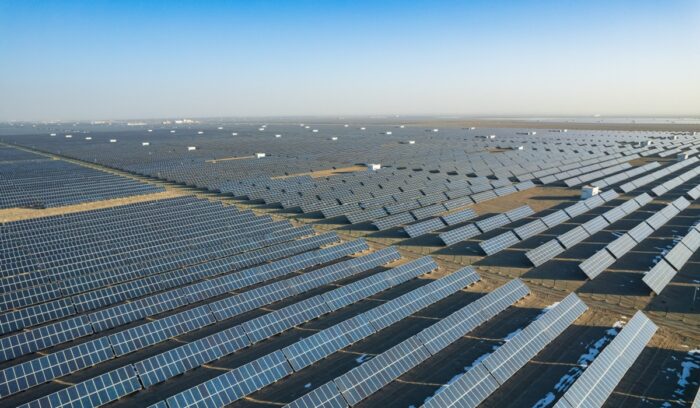The year 2050 stands as a landmark in human history. For the first time ever, the world’s energy needs are met entirely by renewable sources. This achievement, once considered an impossible dream, is now the foundation of a prosperous, resilient, and equitable global society. The successful transition to a 100% clean energy grid is a testament to decades of international cooperation, technological innovation, and political will.
The Power of Global Cooperation
The journey to 100% renewable energy began with a series of pivotal international agreements. Following the Paris Agreement in 2015, nations committed to ambitious climate goals. This initial cooperation laid the groundwork for a future where clean energy was not just a choice, but a global priority. The United Nations and other international bodies provided frameworks that encouraged cross-border investment and technology sharing, especially with developing nations. This collaborative approach ensured the energy transition was a shared effort, not a burden on a few.
Technology and Innovation Drive Change
The transition was made possible by revolutionary advancements in technology. Solar, once a niche technology, became a dominant force through new, highly efficient photovoltaic cells. Similarly, breakthroughs in wind turbine design allowed for greater energy capture, even in low-wind areas. These technologies became more affordable than fossil fuels, making them the clear economic choice for new projects worldwide.
The true game-changer was the development of advanced battery storage systems. These systems solved the problem of energy intermittency, storing excess power from solar and wind for use at night or on cloudy days. This allowed for the creation of smart grids that intelligently managed energy distribution, ensuring a constant, reliable supply. You can learn more about the role of battery technology in this Department of Energy report.
A New Global Economic Landscape
The shift to 100% renewables created a vibrant new economy. Millions of high-quality jobs were created in sectors like renewable energy manufacturing, grid infrastructure, and energy storage. The global green economy flourished, leading to widespread economic growth and greater stability. This transition also brought significant health benefits, as the complete phase-out of fossil fuels led to a dramatic reduction in air pollution. This resulted in a decline in respiratory illnesses and other health issues, improving quality of life for billions of people. This economic transformation is detailed in a report from the International Renewable Energy Agency on the cost-effectiveness of clean energy.
A Legacy for Future Generations
The final piece of the puzzle was not technology or policy, but a collective shift in mindset. Humanity recognized that our long-term survival was tied to the health of the planet. The 2050 milestone represents more than just a change in how we generate power. It is a fundamental declaration of our commitment to a better future. It is a legacy of resilience and shared purpose.
The world’s energy system is now a global good. It is a testament to what we can achieve when we work together. We chose to build a world where progress is sustainable, clean, and accessible to all.
